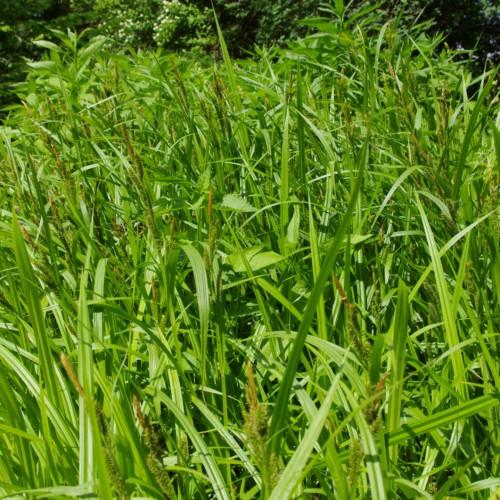
Rough Sedge
Carex scabrata
Also Known As - Eastern Rough SedgeWatering:
Frequent
Hardiness Zone:
Sun:
full sun,part shade
Leaf:
Yes
Growth Rate:
Low
Drought Tolerant:
Yes
Salt Tolerant:
Yes
watering
Sedge should be watered on a regular basis, about once a week during the growing season. Deep watering, ensuring that the soil is saturated, is best. If rainfall is below average, water may need to be applied more frequently. When possible, water your sedge in the morning so the plant has ample time to dry out before evening. During the winter months, decrease watering to once every 3-4 weeks unless there is a dry spell. Make sure not to overwater, as this can cause root rot.
sunlight
The carex saxatilis x plant species prefers full sun or partial shade for the best growth. When planted in full sun, this plant species does best if it receives at least 8 hours of direct sunlight each day. If planted in partial shade, carex saxatilis x prefers light shade in the mornings and evenings, and full sun for the middle of the day. During hot mid-day hours, it should be shaded from the hot afternoon sun. Additionally, it is important to ensure the plant is not subjected to strong winds, as this can cause the foliage to dry out quickly.
pruning
Sedge (Carex saxatilis X) should be pruned in early summer when the overall growth of the plant begins to slow down. Pruning should be done after blooming is complete. The amount of pruning should be based on the desired look of the plant and the size of the plant. Pruning should be done in moderation and should not exceed more than 1/3 of the foliage each season. It is recommended to remove stems that are dead or damaged, and trim back overgrown stems to the desired length. Pruning should always take into consideration the overall health and shape of the plant. Pruning should be done carefully to ensure that the overall health of the plant is not impacted.
